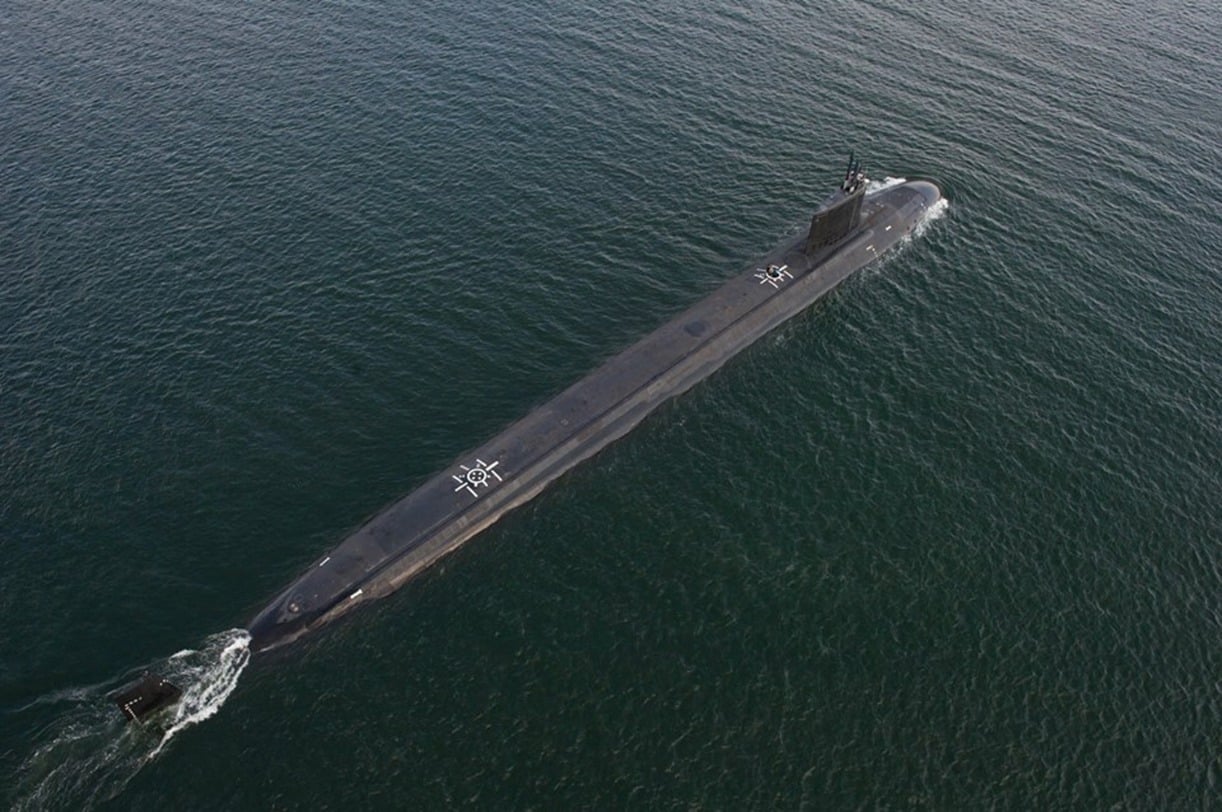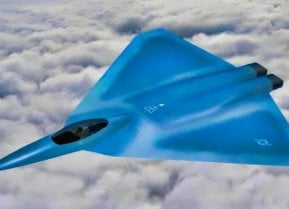The U.S. Navy's Block V Virginia-Class: A Submarine Russia or China Can't Match
The Block V Virginia-class submarines represent a significant upgrade over their predecessors, designed to bridge the missile gap between the US and China.
Summary: The Block V Virginia-class submarines represent a significant upgrade over their predecessors, designed to bridge the missile gap between the US and China. Being constructed in Groton, Connecticut, these fast-attack submarines are a more cost-effective solution than the Seawolf-class, with each unit costing about $1.8 billion. The introduction of the Virginia Payload Module (VPM) allows the Block V to carry three times as many Tomahawk missiles, directly addressing the missile proliferation and range advantages that China has developed. With many more Block V submarines planned, they are expected to play a crucial role in US naval strategy for decades to come.
Block V Virginia-Class Submarines: Pioneering the Next-Gen US Naval Force
The Block V Virginia-class submarines are currently being built in Groton, Connecticut. The Navy, clearly enthusiastic about the number of upgrades the Block V offers over the previous four Virginia blocks, has ordered many more Block V’s that have not yet entered construction – but are expected to serve for a half a century after commissioning.
Introducing the Block V Virginia
The Virginia-class submarine was designed as a fast-attack submarine that was cheaper than the $2.8 billion-dollars-per-unit Seawolf-class submarine (of which only three were ever made). The Seawolf was an impressive vessel, to be sure. But in the post-Cold War era of sequestration, the Seawolf’s massive price tag became unpalatable, clearing the way for the cheaper Virginia-class to gain favor with US war planners. The Virginia isn’t exactly cheap – but at $1.8 billion-dollars-per-unit, the vessel costs about one billion dollars less than a Seawolf.
Already, Block I-III Virginia-class submarines are in service. Even a few Block IV Virginias are in service. Actually, a few more Block IV Virginias are on the way, meaning that the Block IV is a contemporarily acceptable submarine – which suggests that the Block V will be especially cutting edge.
The Block V was designed to address a very specific, and forward looking, problem – the missile gap between the US and China.
Adjusting to China
China is currently engaged in one of the greatest shipbuilding sprees in world history. Additionally, China is augmenting its air force, and its nuclear and conventional arsenals. Simultaneously, China is making aggressive territorial claims throughout the Indo-Pacific. All this while the United States was focused elsewhere – in Iraq and Afghanistan, which drained US resources without lending much strategic advantage.
However, enjoying the US distraction, China began converting its latent power into actual power – in some respects surpassing the United States. For example, China now possesses the largest navy in the world. But more concerning to the US, perhaps, is that China invested heavily in a stockpile of cruise and ballistic missiles. The US failed to keep pace with Chinese missile proliferation, and now, a missile gap exists.
China has not only developed more missiles than the US but also missiles with a greater range than those of the US. Unfortunately, China is approaching a monopoly status on intermediate-range missiles in the Indo-Pacific region. Of course, the US can build intermediate-range missiles but chose not to after signing the Intermediate-Range Nuclear Forces Treaty. The treaty was a Cold War agreement between the US and USSR that banned the deployment of missiles with an effective range between 500 and 5,000 kilometers. China never signed the treaty, and can deploy their intermediate-range missiles wherever, whenever.

Virginia Payload Module
Trump, recognizing the missile gap, withdrew from the treaty. As a method to remedy the missile gap, the Virginia-class Block V is being developed with a cutting-edge new concept: the Virginia Payload Module (VPM).
The VPM is a hull plug that will allow the submarine to haul three times as many Tomahawk missiles as the Block IV. Obviously, if the Block V can carry three times more Tomahawks, this will help mitigate the missile gap once the Block V’s are deployed to the region.

About the Author: Harrison Kass
Harrison Kass is a defense and national security writer with over 1,000 total pieces on issues involving global affairs. An attorney, pilot, guitarist, and minor pro hockey player, Harrison joined the US Air Force as a Pilot Trainee but was medically discharged. Harrison holds a BA from Lake Forest College, a JD from the University of Oregon, and an MA from New York University. Harrison listens to Dokken.


